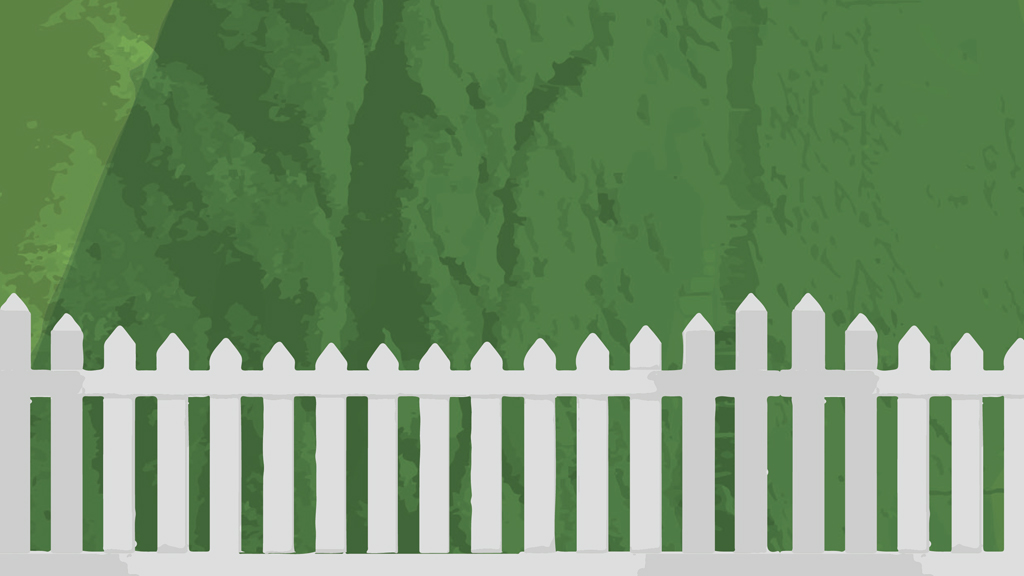Taking Sides
By Julia Wellner
During my biannual drive from Houston to Northern California and back, I had plenty of time to stare out the window and ponder the nature of “greener.”
The journey started in the lush green of Houston in early summer. Yes, bits of our city get a little dry by the start of the fall semester, but anyone who doesn’t consider Houston green hasn’t been west. I crossed Texas’s brown, dusty cattle ranches and grasslands heading into New Mexico and through Colorado, with green forest becoming more dominant, then across miles of windy, rolling Wyoming grass, and finally across Utah’s Bonneville Salt Flats, where there is no sign of anything ever having been green, although as a geologist I know it once was. I continued across brown Nevada before reaching the cool, green forest of the High Sierra to spend my vacation away from Houston heat.
Nature generally doesn’t make lines and therefore doesn’t really have “other” sides. I saw the green grass gradually turn into a brown landscape … then slowly back again.
I returned via Southern California, the Sonoran Desert, and then I-10 from El Paso, passing farms where irrigation made sharp lines between green, growing fields and fallow, brown ones. People created these artificial boundaries where “the other side” is indeed “greener,” but such distinctions remain as scars along the natural landscape.
Wellner is an associate professor in the Department of Earth and Atmospheric Sciences specializing in stratigraphy, sedimentology and glacial processes. She is particularly interested in Antarctic ice sheets and finds herself thinking about them whenever temperatures in Houston approach 100.



